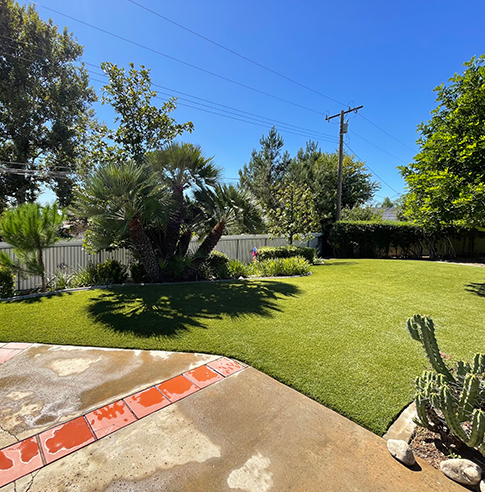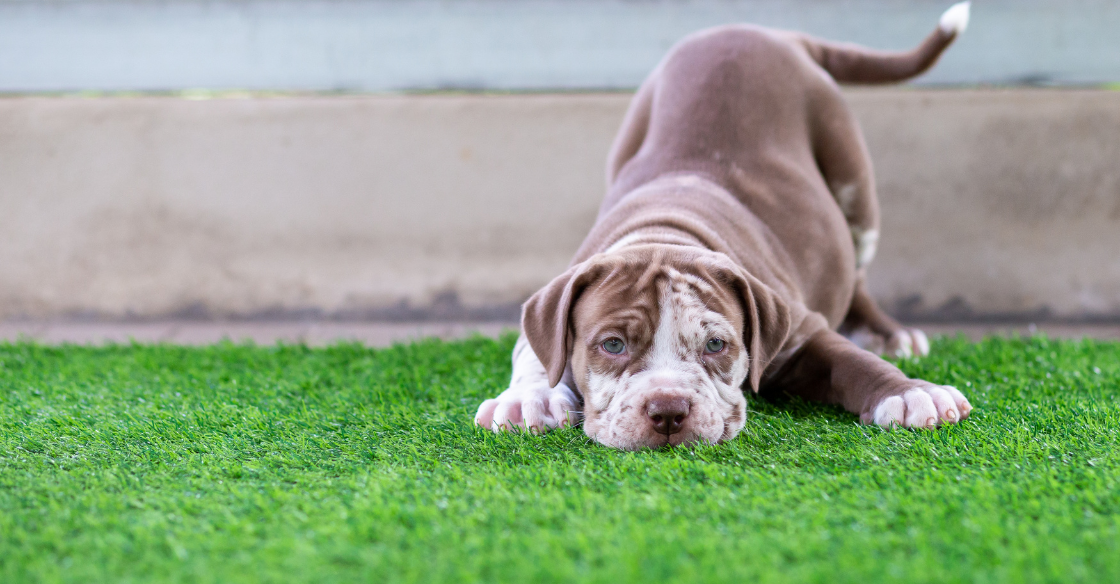Artificial turf, a synthetic alternative to natural grass made from synthetic fibers, finds extensive use in places such as soccer fields, golf courses, parks, and residential areas. However, the usage of artificial turf is subject to specific conditions. In this article, we will discuss situations that may affect the use of artificial turf and strategies to address them.



1. Impact of Environmental Factors:
Extreme weather conditions, such as strong winds, heavy rain, and high temperatures, can have varying effects on artificial turf. Strong winds may cause wrinkles or displacement, heavy rain could lead to water accumulation and poor drainage, and high temperatures might result in overheating, affecting the overall user experience.
2. Influence of Installation Quality:
Improper installation may cause issues like wrinkling, cracking, and deformation, impacting both aesthetics and the lifespan of artificial turf. Additionally, an unstable or uneven foundation can also affect the usage of artificial turf.
3. Consequences of Improper Maintenance:
Neglecting regular cleaning of leaves, weeds, and debris may lead to clogging, discoloration, or mold on artificial turf. Prolonged intervals between routine cleaning and maintenance can also impact the lifespan and appearance of artificial turf.
Strategies to Address These Factors:
For environmental factors, choose artificial turf products with excellent resistance to wind, water, and high temperatures to minimize their impact.
During installation, opt for a professional installation team to ensure the quality of installation and the stability and evenness of the underlying materials.
In terms of routine maintenance, establish a regular cleaning and maintenance schedule to promptly remove leaves, weeds, and debris, ensuring the cleanliness and neatness of artificial turf.
In summary, the usage of artificial turf is influenced by various factors, including environmental conditions, installation quality, and routine maintenance. By implementing corresponding strategies, these factors' impact on artificial turf usage can be effectively reduced, enhancing the overall user experience and extending the turf's lifespan.
